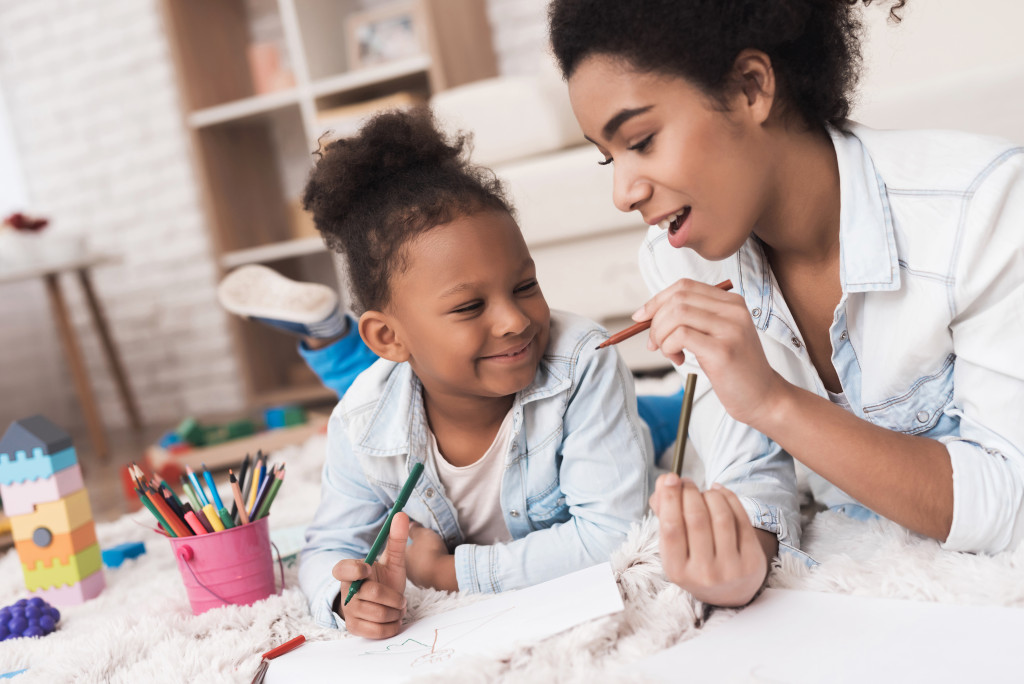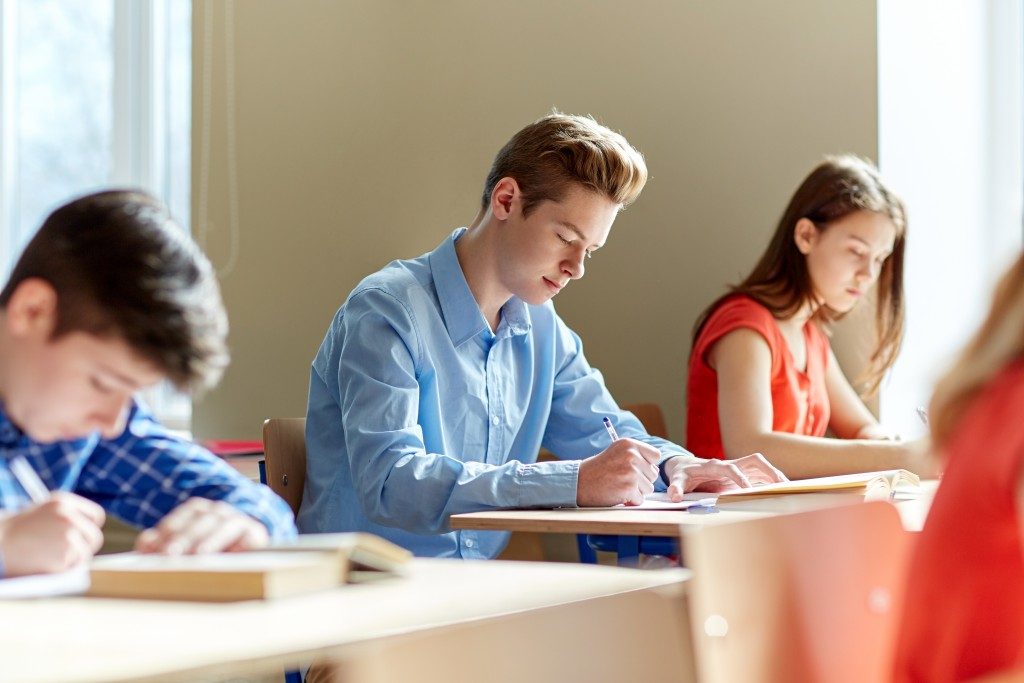- Alternative teaching methods such as project-based learning, the Montessori method, Waldorf education, game-based learning, and mastery learning offer unique ways to engage students and make the learning process more meaningful.
- Music-based learning encourages self-expression and communication skills while providing a creative outlet for students.
- Assessment strategies such as portfolios and projects help to measure student progress over time.
- It is essential to give rewards or praise for children’s hard work.
The traditional teaching method is not the only way to educate the young. In fact, there has been an increase in alternative teaching methods, which are gaining popularity, and for many good reasons. These new approaches to education go beyond the ordinary classroom and textbooks and offer unique ways of engaging learners, making education more meaningful and fun. Here are different alternative teaching methods and how they can positively impact students.
Consider All Types of Teaching Strategies
In the traditional education system, teachers typically teach by lectures, with textbooks as a resource. But that is not the only option. Different learning strategies can be used to engage students and help them learn more effectively. These include interactive activities that foster critical thinking and problem-solving skills. Here’s a rundown of the most common examples nowadays:
1. Project-Based Learning (PBL)
PBL is a student-centered teaching method that involves learners working together to solve real-world problems. This approach involves applying knowledge, skills, and concepts to real-world situations, thus, developing critical thinking, creativity, and collaboration skills. PBL teaches students how to research, analyze, and solve problems independently, and it helps to make the learning process engaging and more meaningful.
2. Montessori Method
The Montessori method of teaching involves learners working independently, at their own pace, with hands-on materials that develop their motor skills while they learn. This approach emphasizes the importance of self-directed learning, and it helps foster learners’ independence and responsibility. Montessori schools have been found to produce creative and curious individuals who excel in academics and other areas of life.

3. Waldorf Education
The Waldorf approach to education combines intellectual, physical, and emotional development to create a well-rounded learner. This method emphasizes experiential learning involving music, storytelling, and drama. The curriculum is designed to address each child’s needs, highlighting the importance of cultivating imagination and creativity in learners.
4. Game-Based Learning (GBL)
GBL is a teaching method that involves the use of games to teach learners. This approach aims to make learning fun and engaging while still delivering the required knowledge and skills. GBL has been found to improve motivation, enhance memory retention, and develop problem-solving skills. This method caters to different learning styles and can be adapted to suit learners at different levels.
5. Mastery Learning
Mastery learning is a personalized teaching method that involves students working at their own pace to meet specific learning objectives. This approach ensures learners fully understand the concept before moving to the next level.
Teachers use assessment tools to gauge students’ understanding of each topic, and they can provide further support to students who need help before moving on to the next assignment. Mastery learning has been found to be effective in teaching complex subjects and improving academic performance.
Don’t Skimp on Music
Music-based learning effectively engages learners in a creative process that helps them explore their creative potential. This teaching method encourages self-expression and communication skills.
Look for effective music lessons for kids to get started. These can range from singing and playing instruments to creating music videos that can be shared online.
If possible, try to work with a music teacher who can help you create an engaging and educational environment. It’s also important to choose age-appropriate music relevant to the material you’re teaching.

Monitor Progress Over Time
No matter which teaching approach you choose, tracking student progress over time is important. This allows teachers to identify any areas where students are struggling and provide additional support if needed.
You can use testing tools or check-in activities such as portfolios and projects that allow students to showcase their understanding of the material. These assessment strategies can also help teachers adjust their teaching methods to better suit each learner.
Furthermore, tracking progress over time helps motivate students and gives them a sense of accomplishment as they improve. Don’t forget to provide ample rewards and praise for their hard work.
Alternative teaching methods offer unique ways of engaging learners, going beyond traditional learning methods. These approaches emphasize experiential learning, collaboration, creativity, and critical thinking. Each learning method is distinct, serving different learning styles and environments and providing a well-rounded education to students. These methods have been found helpful in developing problem-solving skills, enhancing memory retention, and improving academic performance in individuals. Therefore, parents and education enthusiasts should explore and support alternative teaching methods to ensure that each child receives the best education possible.


